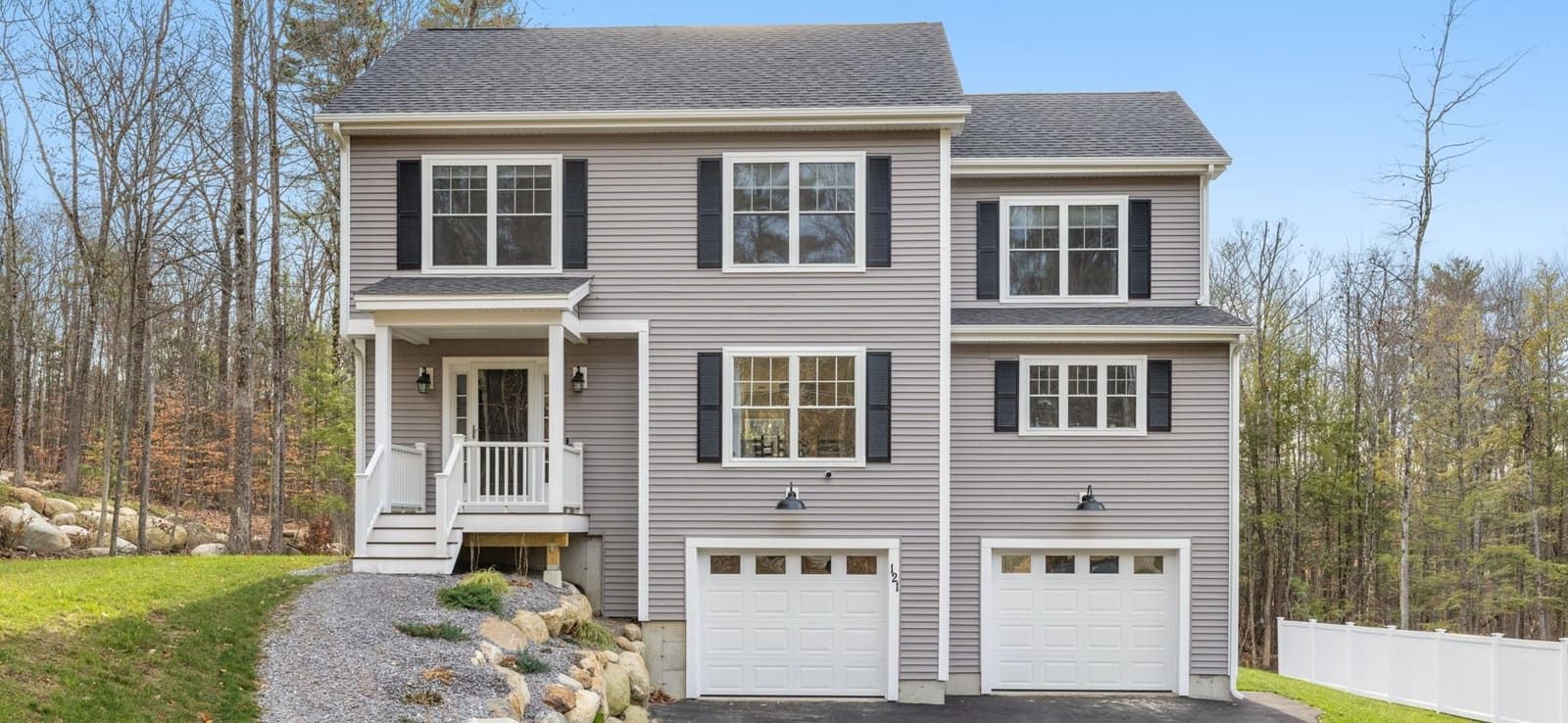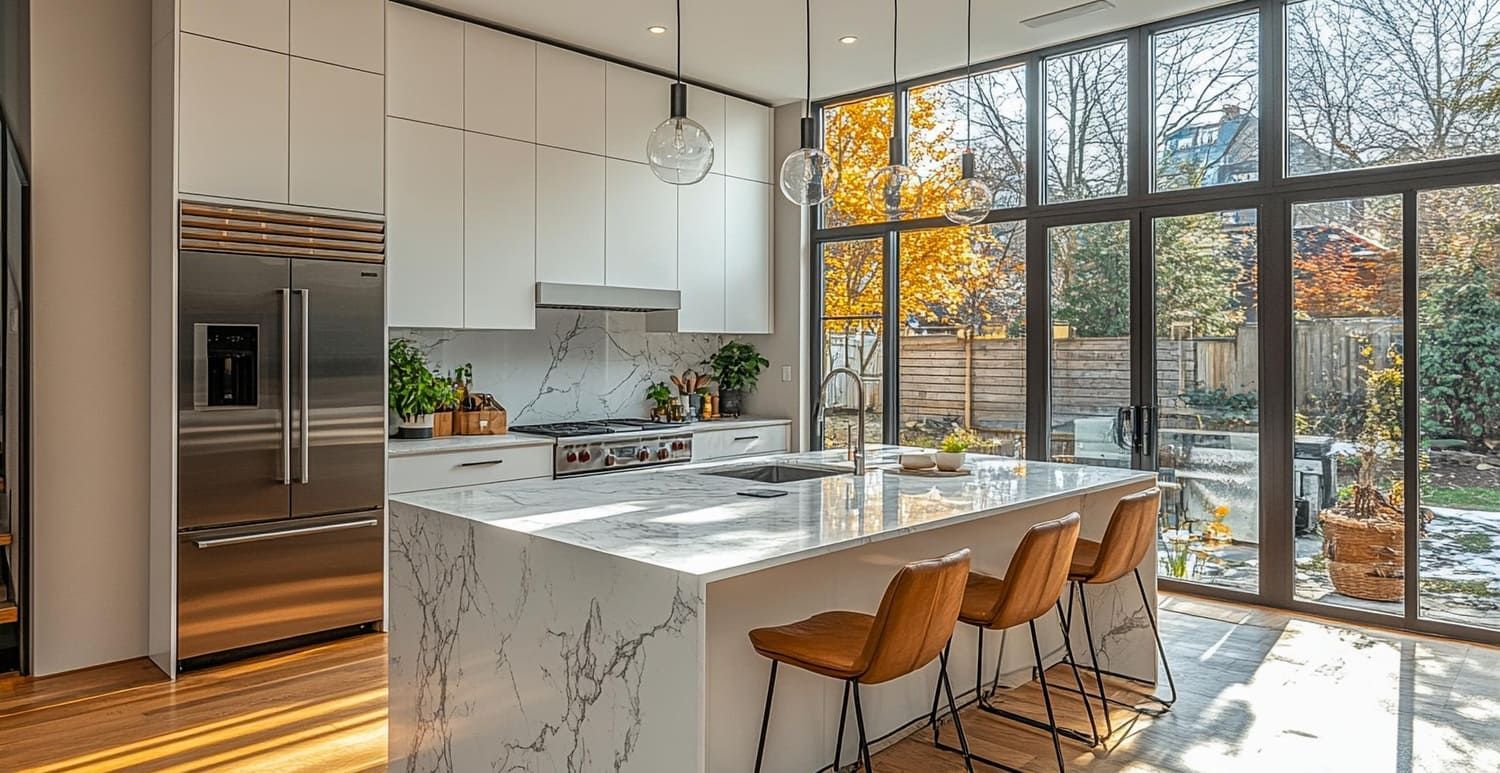THE BEST IN RESIDENTIAL AND COMMERCIAL WINDOW TINTING
How Proper Window Tinting Can Help You Qualify for LEED Certification
Proper window tinting at your commercial property can help you achieve higher points in LEED certification. Learn why and how to have tinting done here.

If you want to get LEED certification for your building, commercial window tinting can make all the difference. Not only does it provide protection from bright sunlight, but it could play a key role in getting your building certified. Tinted windows may just be the missing link between you and that certification!
In this blog post, we'll look at how window tinting contributes to LEED approval. We'll also discuss how points are earned towards LEED status, as well as some of the benefits of receiving certification.
Are you ready to learn how you could qualify your building for a sustainable rating? If so, let’s dive in!
What Is LEED Certification?
Before we delve into qualification for LEED certification, let's discuss what it is. LEED is an acronym for Leadership in Energy and Environmental Design and is an international green building certification program. Developed by the US Green Building Council (USGBC), it assesses the sustainability of a building's design, construction, and operation. LEED certification includes 5 performance categories, which are:
- Water efficiency
- Sustainable site development
- Indoor environmental quality
- Energy Efficiency
- Materials selection
A LEED-certified building is constructed in a way that reduces its environmental impact. It increases energy efficiency and promotes occupant health. Not only that, but it aids in saving money and resources over time.
To qualify for LEED certification, a building must meet a minimum criteria.
How Does Getting Window Film Help With LEED Certification?
Window film can help a building qualify for LEED certification by allowing you to earn credits in areas, such as energy efficiency. Film is designed to reduce the amount of heat that enters a building, which improves thermal comfort.
You can earn up to 3 LEED points for energy performance. There are other ways to earn points as well.
Here’s a closer look at a few ways in which installing commercial window tint can help with earning LEED certification:
Daylight: When you enhance the views between the indoors and outdoors, it reduces glare. This alone can earn you 1-2 points.
Energy use: Window film aids in optimizing energy use by minimizing heat from the sunlight within internal spaces. Reduced heat means less air conditioning. This category earns 1- 3 points.
Upgrades and maintenance: You’ll get 1- 3 points for renewing your windows with film instead of replacing them.
Light pollution: As you know, film helps to keep light indoors. As a result, it doesn’t shine outward and minimizes light pollution. This can earn you 1 point.
Earning LEED Certification Levels
If you think that you can achieve certification by paying for it, think again. LEED certification is only provided through installing eco-friendly features. However, the more green your installations are, the more credits your company gets.
Here’s a quick look at the various certification levels:
- Certified: 40-49 Points
- Silver: 50-59
- Gold: 60-79
- Platinum: 80+
The more adjustments you make to your property, the more points you’ll earn.

The Benefits of Getting LEED Certified
There are several benefits of becoming LEED Certified. Some of them include:
Tax Incentives
One of the primary advantages of LEED certification is the potential for tax incentives from the federal and state governments. Depending on your region, you may qualify for tax breaks or rebates on energy-efficient upgrades. You can visit the Database of State Incentives for Renewables & Efficiency to find out what incentives are available in your area.
As energy efficiency becomes more of a priority, there will be more incentive programs to take advantage of.
Reduced Carbon Emissions
LEED-certified buildings are more energy-efficient, which means they consume less energy and produce fewer greenhouse gasses. As a result, these buildings have a lower carbon footprint, helping to reduce the amount of carbon dioxide released into the atmosphere.
LEED buildings can further help the environment by minimizing smog in urban areas, reducing air pollution, and preventing water contamination.
Increased Property Value
LEED certification can increase the value of your property and make it more marketable. Potential buyers are often looking for buildings that have been certified by a reputable sustainability program like LEED.
This is a huge plus because it can lead to a higher sale price and faster turnaround time. Plus, there’s the added bonus of pride in knowing that you have done your part to help the environment.
Achieve ESG Objectives
Investors can achieve their ESG (Environment, Social, and Governance) objectives by investing in LEED-certified buildings. These investments help investors signal a commitment to sustainability while also providing the potential for higher returns.
Reduced Operational Costs
LEED-certified buildings have lower operational costs because they use less energy and water. This allows businesses to save money on utility bills, resulting in long-term savings. While it might require upfront investments to fund energy-efficient upgrades, these costs will be offset by the monetary savings over time.
Better Indoor Air Quality
Believe it or not, air within a building can be more polluted than the air outside. LEED-certified buildings are designed to minimize indoor pollution and improve air quality. This helps to create a healthier, more comfortable environment for occupants.
Get Commercial Window Tinting for Your Building
If you’re trying to achieve LEED certification, we can help. At Film Systems of Florida, we offer window tinting for commercial buildings. Our team of experts have the skills to make your building as energy efficient as possible.
If you’d like to get started on your window tinting project, call us toll-free at 1-800-940-3455, or contact us online. We look forward to speaking with you soon!













